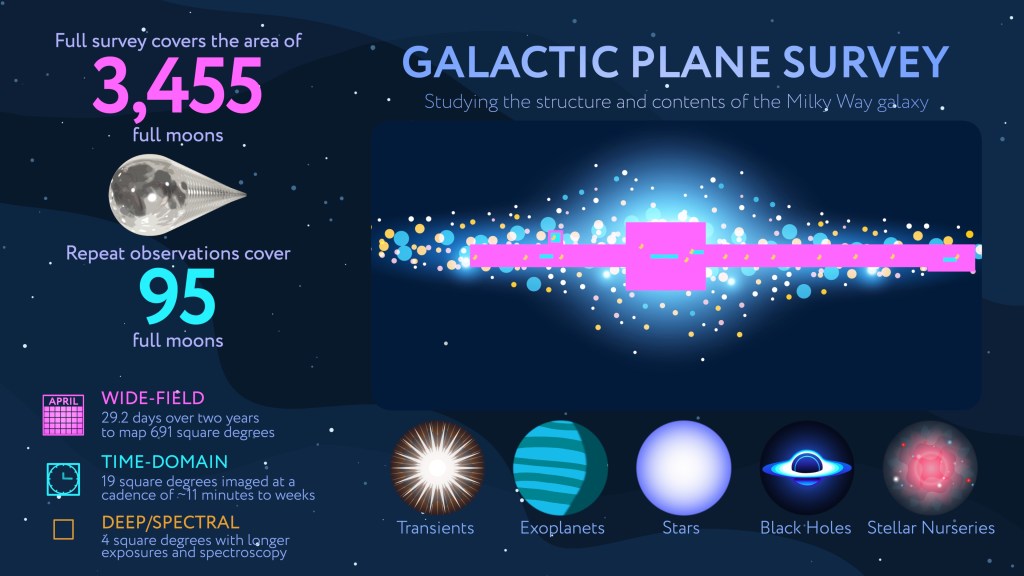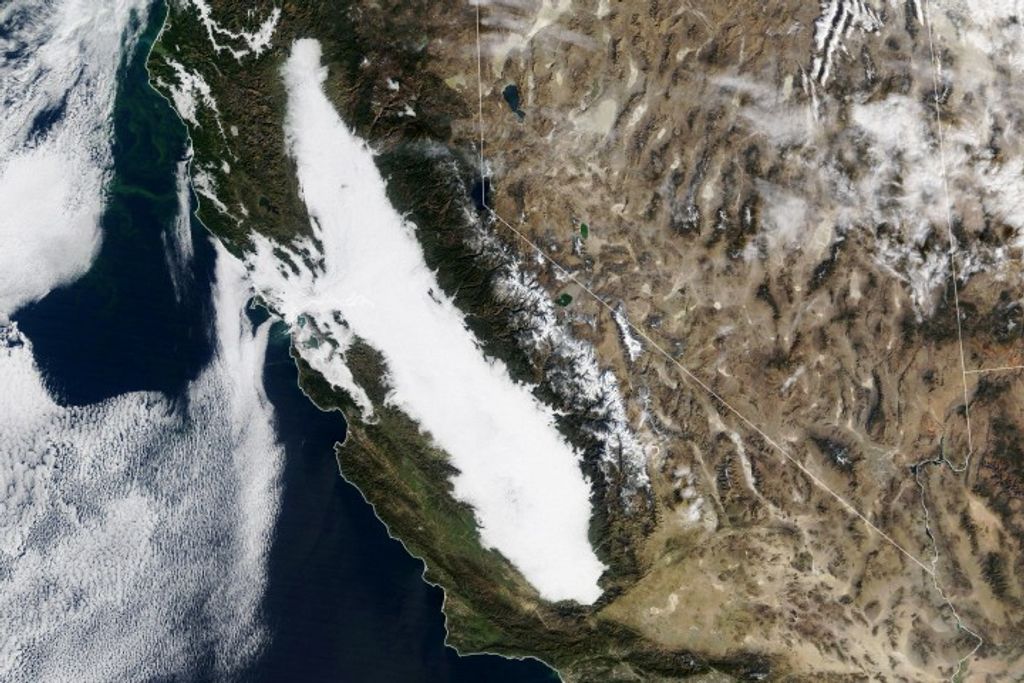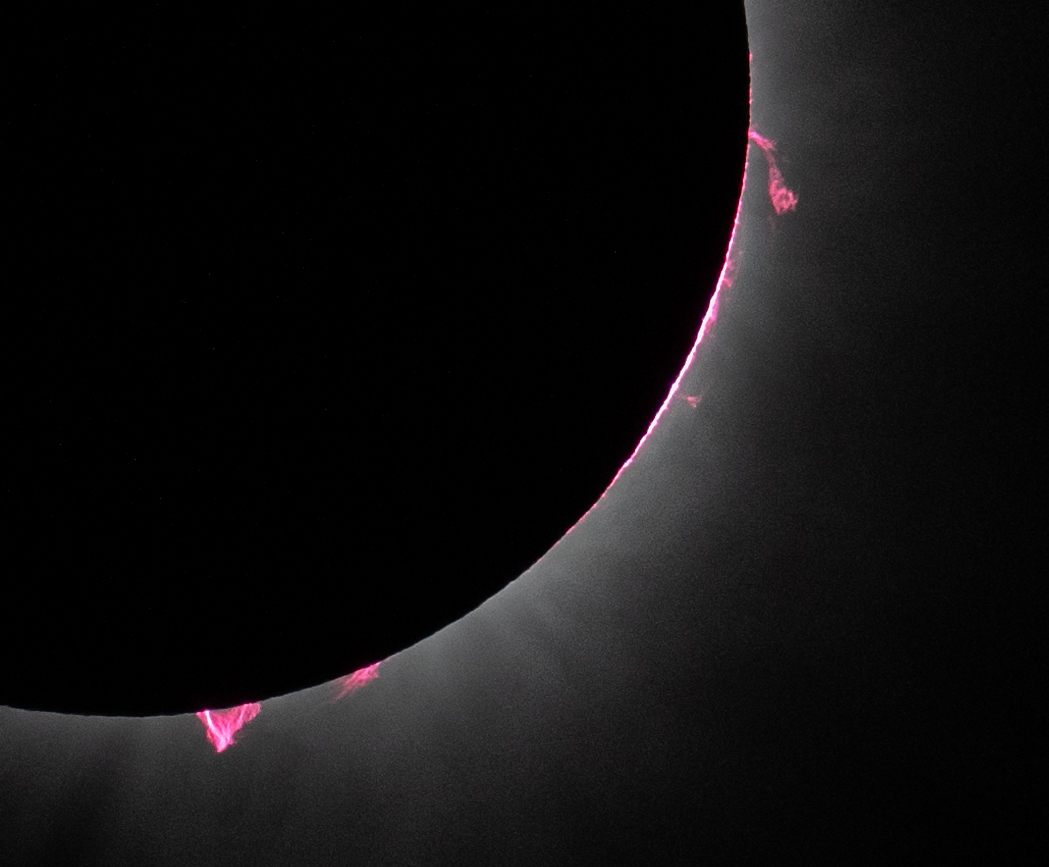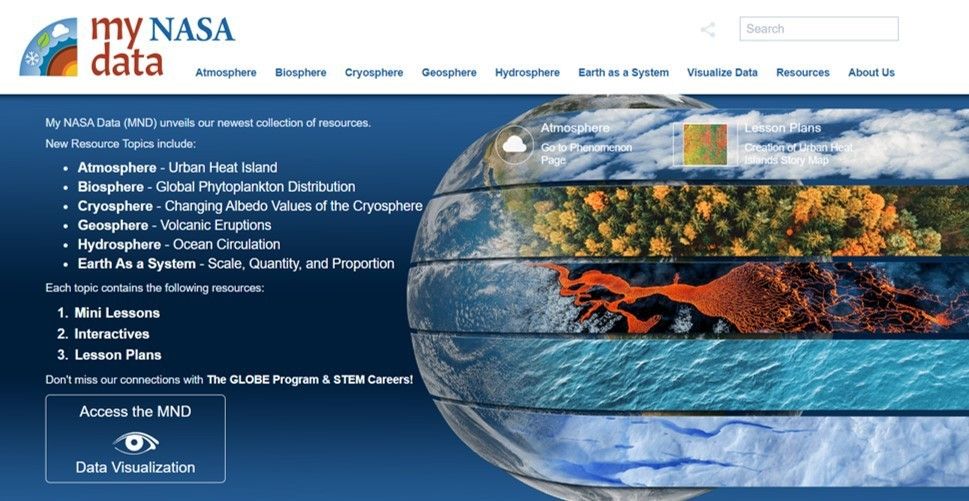Summer of Heat Waves
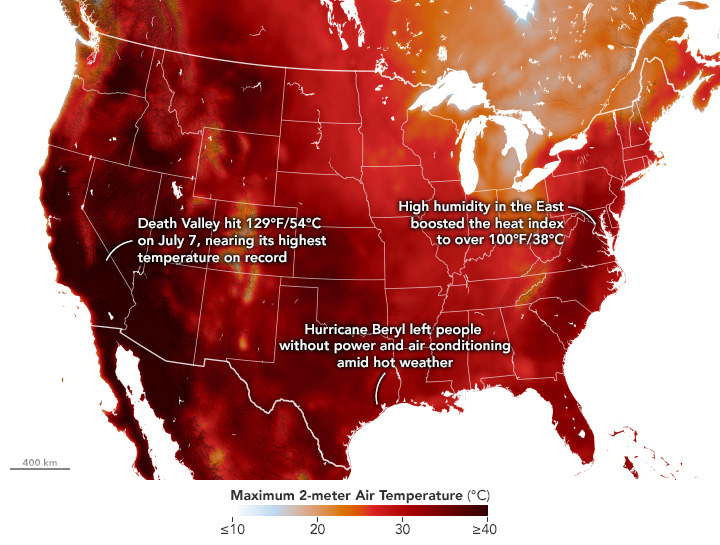
As summer heat hit the western and eastern U.S. in July 2024, temperatures have been especially high in the Southwest. View the full story
NASA Earth Observatory / Wanmei Liang
| Levels |
|
|---|---|
| Material Type |
|
| Heliophysics Big Ideas |
|
| NGSS |
|
| Heliophysics Topics |
|
| Related Missions |
|
| Material Cost per Learner | Free |
| Language | English |
Lesson Plan Overview
The extreme temperatures during July 2022 prompt students to investigate a model that displays historical heat wave frequency data to discover the importance of defining terms when interpreting data.
Procedure
- Have students read each of the sections: Extreme Air Temperatures, Frequency of Heat Waves, and Counting Heat Wave Days.
- Each section has information followed by questions for the students to answer.
- Have students answer the questions.
- Lead students through the final section, Counting Heat Wave Days.
- Have students answer the questions.




